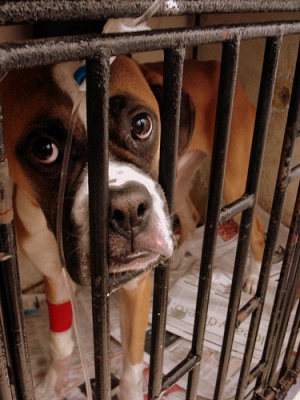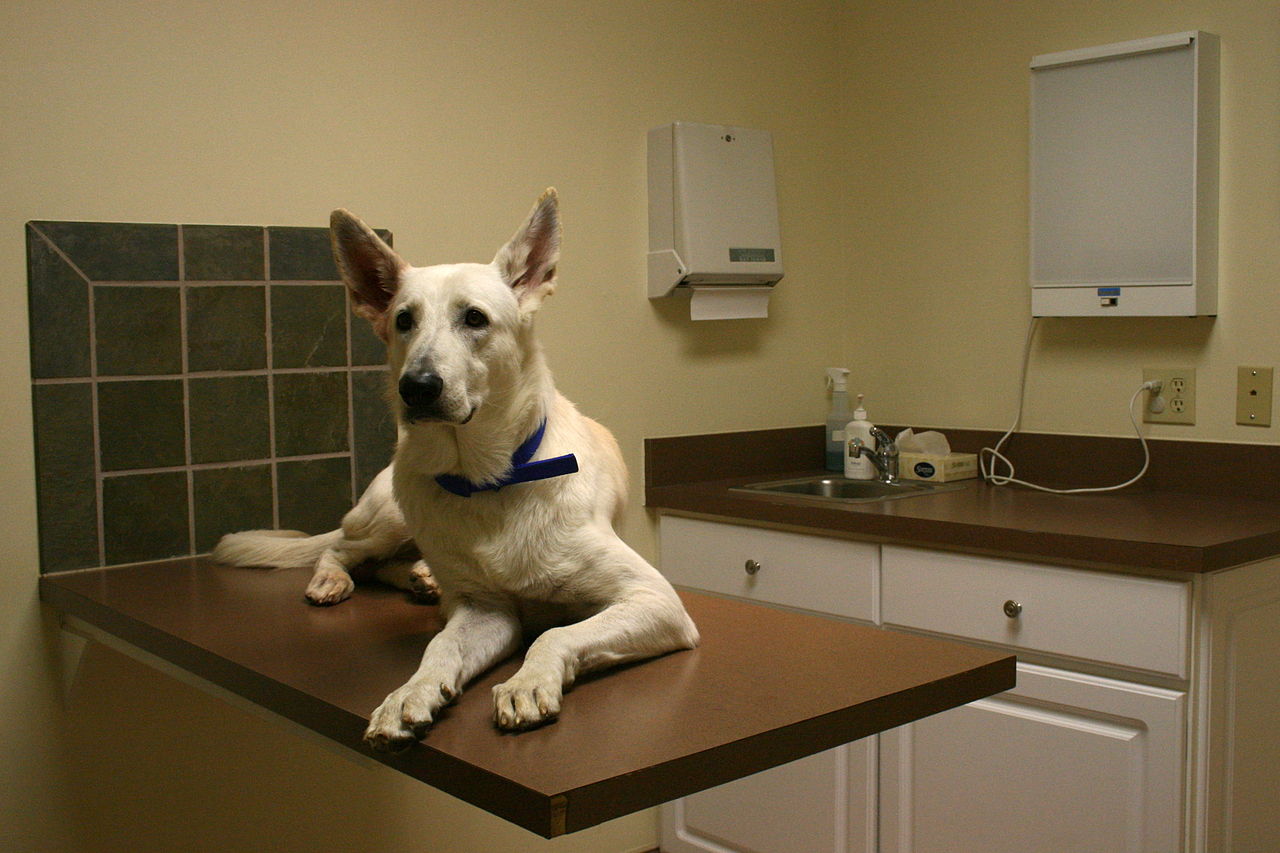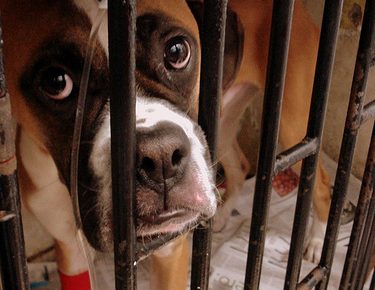
Circovirus has reared its ugly head, now affecting dogs. In California, several dogs have died while one death was reported in Ohio with several dogs showing symptoms of the virus.
Circovirus itself is not new. Named Porcine Circovirus (PCV), it is commonly found in pigs. It appears now that PCV may have jumped species and infected dogs.
While there are still many questions about circovirus and how it came to infect some dogs, it is known that affected pets become rapidly and severely ill.
If your dog shows any signs of sudden illness such as bloody diarrhea, vomiting, lethargy, loss of appetite, neurological problems, don’t delay. Take your dog to the veterinarian immediately. Many illnesses do have similar symptoms, but what makes this virus unique is “acute necrotizing vasocilitis” – blood vessels are suddenly damaged and begin leaking fluid. Fluid develops around the lungs and in the abdomen, there is hemorrhaging and tissue blood clots.
Everything from food to contaminated vaccines have been blamed for the virus. But until the cause is determined, recommendations are just to keep an eye on your dog.
Feed your pet high quality foods whether raw, homecooked or commercial. Keep your pet at a healthy weight – obesity is an invitation to disease and illness. Keep yours and your dog’s environment clean with green products. Limit vaccinations according to the law and the latest guidelines. If you are unsure, have titer blood tests to determine immune presence, although these are not always accurate. Vaccinate only for those diseases that show low or no immunity. Take your dog for annual or bi-annual checkups.
If you suspect a problem, don’t wait. Take your dog to the vet. Early detection of a problem can lead to a good prognosis.
We will keep you up to date on any further news of the circovirus.
October 2013 – While researchers believe circovirus is involved, they are unsure if it is the primary reason for the mystery disease or if other pathogens are involved.


